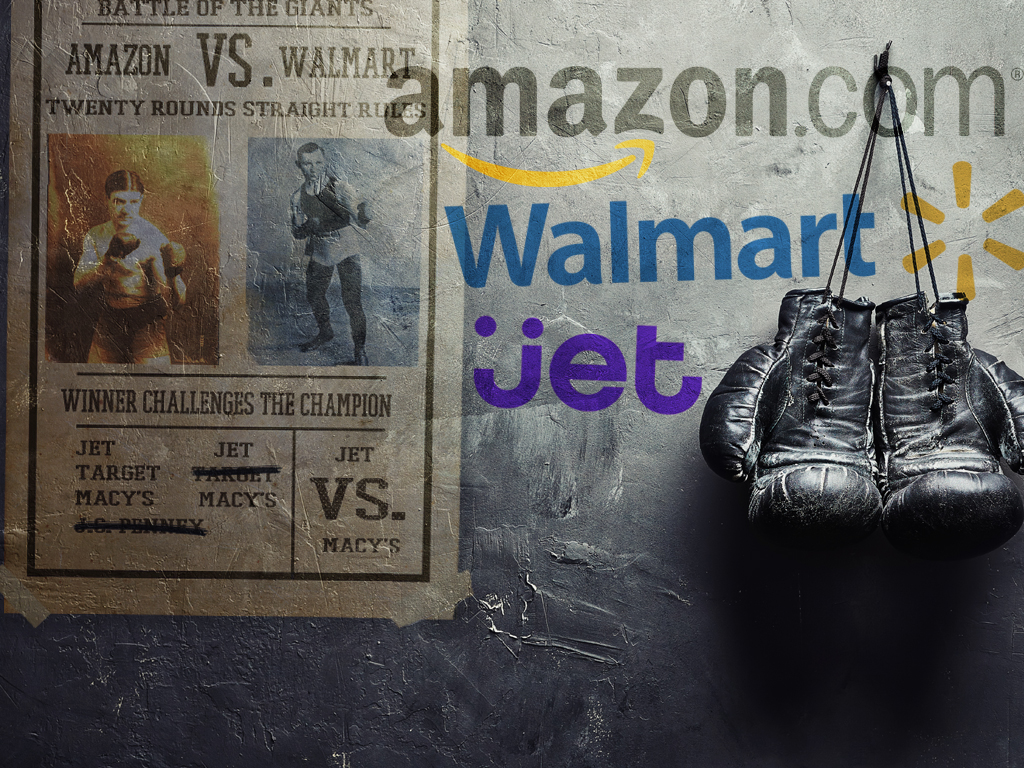Loyalty can be hugely valuable asset to a brand. The ability to inspire long-term engagement and purchases from customers is just as important as the awareness generation and nurturing stages of the purchase funnel. In many ways it completes the process: loyalty inspires brand advocates to re-engage and act as a champion for a brand, which can be a powerful source of influence. How can brands win that kind of loyalty?
StrongView have released their 2014 Brand Loyalty Survey. The questions explored the motivations and demographics of those loyal to brands. Some of the results may surprise you.
The survey asked more than 2,200 online U.S. adults across major industries about their feelings on brands and the way they interacted with them between March and April of this year.
Brand loyalty among consumers could not be predicted by age or income — with those extremely loyal to particular brands being from a range of backgrounds, according to the findings.
Instead, the main driver for brand loyalty seemed to revolve around the perception of how much value brands were able to provide.
7 Key Takeaways from StrongView’s 2014 Brand Loyalty Survey

- Just over one-fourth of consumers stood out as brand enthusiasts:
- 41 percent had annual household incomes less than $50,000.
- 67 percent of loyal customers made $75,000 or less annually.
- Of upper income earners, only 5 percent of consumers with $150,000 in annual salary were loyal to a brand, compared to 29 percent of shoppers with an annual salary between $25,000 and $50,000.
- Loyalty was spread evenly across all age brackets, measuring from 17 to 19 percent of adult online shoppers between the ages of 18 and 54.
- Brand enthusiasts were nearly 4x more likely to spend significantly more with brands in the future.
- That figure rose to 8x more for brand enthusiasts with 10+ brand interactions.
- Nearly twice the number of brand enthusiasts reporting that loyalty played a part in their last purchase, compared to non-enthusiasts surveyed.
- Email continued to be the most effective method for driving action with all customers:
- 51 percent of brand enthusiasts reported that their last purchase for a brand was prompted by email communication.
- 45 percent of non-enthusiasts reported that their last purchase for a brand was prompted by email communication.
- Customers reported they were more likely on a scale from 1 to 10 to buy when they received a marketing message that:
- Matched the customer’s expectations of the brand – 8.7.
- Matched past interactions with the brand – 8.6.
- Was relevant to the customer’s needs – 8.6.
- Was received at the right time – 8.4.
- Was helpful or useful in aiding the customer’s decision to buy – 8.4.
Why Brand Loyalty Matters
In a press release from StrongView, Shawn Myers,VP of Marketing for StrongView, explained how the brand loyalty dynamic can be so valuable to a brand:
“These days, customers and brands are engaged in two-way conversations that go far beyond marketers simply pushing out product or service offers. These dynamic interactions require a greater understanding of a customer’s current context and needs within the engagement lifecycle. Marketers have known for a long time that retaining a loyal customer is much cheaper than capturing a new one, but now we know that keeping them loyal comes down to engaging them with contextually relevant information, which ultimately leads to additional revenue.”
Conclusion
The study shows that sustained customer loyalty is best achieved by providing true value for consumers, rather than by promoting goods and services via advertising.
Brand enthusiasts surveyed by StrongView confirmed that these days, brands can add value to their campaigns with contextual marketing, with enthusiasts reporting they were more likely to buy after receiving timely communications that are “relevant, helpful and consistent with their expectations.”
Above all, the study shows how really connecting with consumers, and understanding the way they behave can inspire consumers to become loyal to your business. By doing good work to connect with consumers on the customer journey, brands can reach valuable touch points, facilitate engagement, and drive sales.


